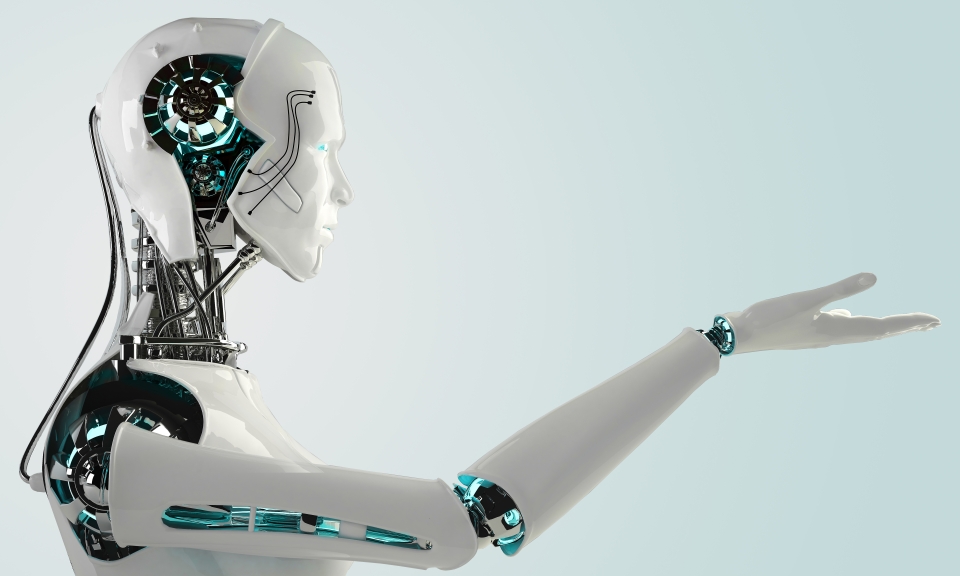Robots at the Frontline of Age Care
2020/07/03 | By ITRI
Low birth rates and population aging are changing the demographic profile around the world. At the G20 Summit in Fukuoka for Finance Ministers and Central bank Governors in June 2019, population aging was for the first time classified as a global risk. Policymakers around the world were urged to tackle the relevant economic issues before the problems materialize.
Many countries will be faced with fiscal and political pressures associated with healthcare, retirement, and social welfare due to population aging. On top of subsidies and benefits provided by governments, efforts from the private sector are called for to develop a diversity of innovative products and services for seniors.
The adoption of wearables and IoT technology has been rising rapidly over recent years. Many biological monitoring devices can be used at home. It is also possible to measure the physical status of users around the clock and launch a suite of homecare services to keep an eye on psychological health, sleep patterns, drug administering, long-distance healthcare, home safety and caring. This is particularly important to elderly patients unable to manage their own health or handle daily life on their own. The real-time acquisition of data and monitoring of users via IoT devices can empower medical and healthcare institutions to develop business models with better efficiency and lower costs.
Compared to other age groups, the gray-haired suffer from a decline in physical performance. They are less adept at using tech gadgets and need customized, easy and simple solutions. This avoids the situation where they feel frustrated and reject or give up on the technology.
Many countries have been promoting technology and applications for the elderly. For instance, Vivify Health, a solution provider for remote patient monitoring in the U.S., is offering integrated equipment, services and platforms by combining products and services from its business partners such as Samsung, AT&T and University of Pittsburgh Medical Center. Biological data on the day-to-day and healthcare activities of senior patients is stored on the cloud database or platforms and sent to medical teams for monitoring and follow-ups. Educational videos on relevant diseases and customized automatic or interactive functions are offered to encourage system utilization, enhance cure rates or reduce rehospitalization rates.
Robosoft in France launched the Kompa robots as healthcare housekeepers to assist nursing or homecare personnel. These robots alleviate the burden of medical staff and help the elderly or people suffering mobility problems to enhance their life quality and reduce the sense of loneliness or solitude.
Orange Healthcare in France provides solutions to keep aged customers safe and comfortable at home. Through cross-industry cooperation, a combination of home monitoring devices and Big Data analytics keep the elderly safe at home by timely intervention or interference in response to irregular activities.
The development of care robots is at the top of the national agenda in Japan. Policy priorities have been adjusted three times from 2013 to 2017. There are currently six application areas and 13 development priorities, namely: movement support (wearables and non-wearables); mobility support (outdoors, indoors and wearables); excretion care (excretion management, prediction and support); observation & care (institutional-grade, homecare and daily-life support); bathing support and nursing support.
To accelerate the introduction of care robots at the frontline of nursing institutions, the Ministry of Economy, Trade and Industry and the Ministry of Health, Labor and Welfare are working together to encourage private companies and research organizations to develop care robots and have invited nursing institutions to assist and collaborate. Budgets are allocated to help nursing institutions to deploy the infrastructure such as networks and equipment upgrades. It is hoped that product developers and users will cooperate during the early stages to ensure that the onsite requirements are met, and that effective monitoring and evaluation of care robots during the trial and testing phase will enhance the benefits of using care robots on the frontline.
The conventional wisdom dictates that population aging is only relevant to the medicare industry. In fact, how to provide robust services and products and maintain the life quality and health of the elderly has also been attracting attention and discussion around the world.
Taiwanese companies may utilize innovative technologies and Big Data to gain insights into unmet demands of senior consumers and secure market opportunities. The adoption of tech products for the health management of elderly people requires a friendly interface and a design with a human-touch. Taiwan is well-positioned to capture business opportunities associated with aging populations around the world.
View Original Article




